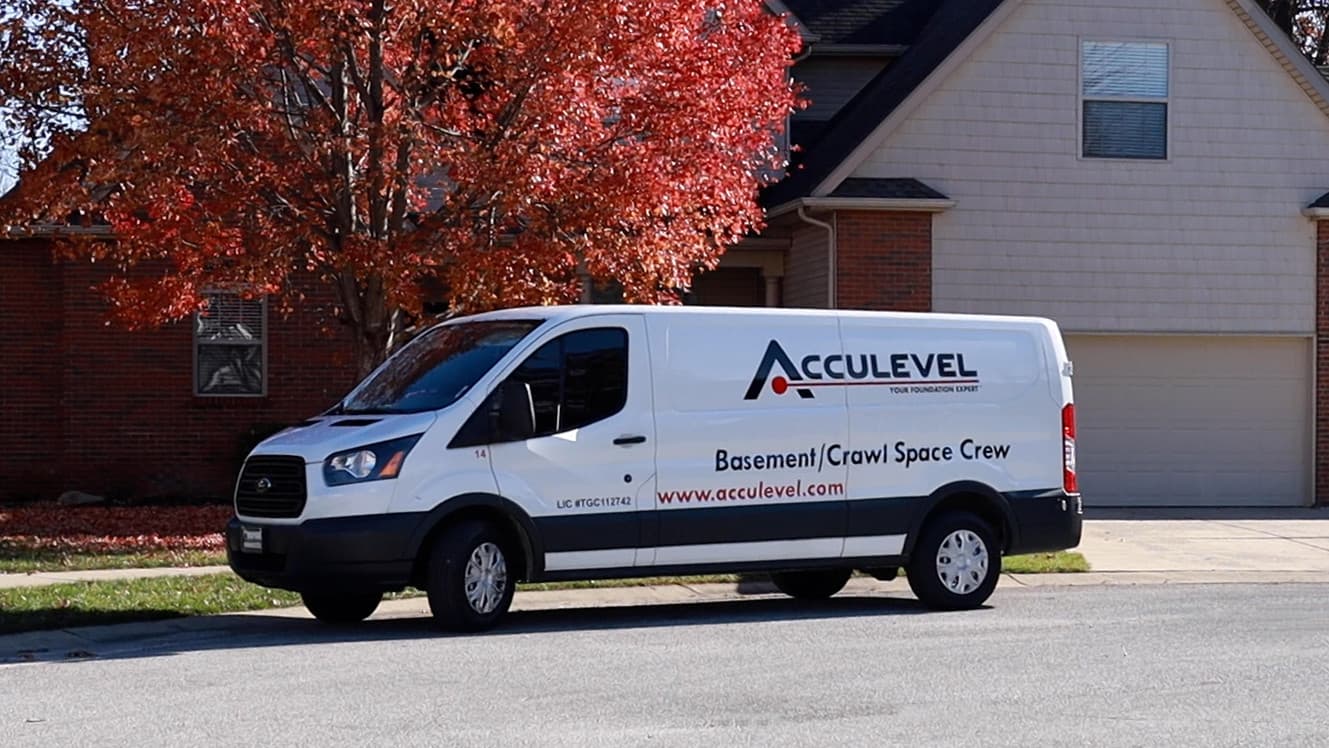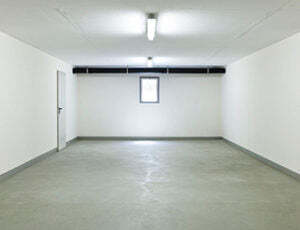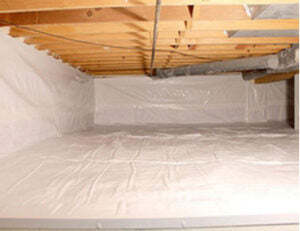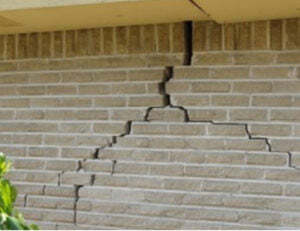
Your Local Foundation Repair and Waterproofing Company.
For a basement, crawl space, or slab foundation, we guide you on the right path to a healthy home.
Book A ConsultationFamily owned and operated since 1996, we treat your home like our own.

For a basement, crawl space, or slab foundation, we guide you on the right path to a healthy home.
Book A ConsultationFamily owned and operated since 1996, we treat your home like our own.
When your home has issues with its foundation, basement or crawl space, you need to respond immediately. If left untouched, these problems jeopardize your family’s safety, ruin your property value, and cost you extra money.

Basement leaks damage your belongings, produce mold & mildew, and cause extensive damage. We can find the source and provide a solution.

Crawl spaces are common targets for foundation settling, water intrusion, cracking and biological growth. We have solutions for all of these issues.

A settling or cracked foundation can cause a host of problems for the rest of your home. We can assess the damage and provide you with options.
There are hundreds of options when choosing a foundation and basement repair specialist. See why so many choose Acculevel.
No Recent Videos

Get qualified during your home evaluation- ask your project advisor!
Learn More About Financing* Subject to credit approval.
The GreenSky Consumer Loan Program is provided by Equal Opportunity Lenders1. GreenSky® is a registered trademark of GreenSky, LLC, a subsidiary of Goldman Sachs Bank USA. NMLS #1416362. Loans originated by Goldman Sachs are issued by Goldman Sachs Bank USA, Salt Lake City Branch. NMLS #208156. www.nmlsconsumeraccess.org (Link opens in a new tab.)
Service Finance Company, LLC is a subsidiary of Truist, a nationally licensed sales finance company, and an approved FHA Title I Lender. www.svcfin.org (Link opens in a new tab.)

1 Subject to credit approval. Loans for the GreenSky® consumer loan program are provided by Synovus Bank, Member FDIC, NMLS #408043, without regard to age, race, color, religion, national origin, gender, disability, or familial status. GreenSky Servicing, LLC services the loans on behalf of your lender, NMLS #1416362. www.nmlsconsumeraccess.org. (Link opens in a new tab.) GreenSky® is a registered trademark of GreenSky, LLC and is licensed to banks and other financial institutions for their use in connection with that consumer loan program. GreenSky Servicing, LLC is a financial technology company that manages the GreenSky® consumer loan program by providing origination and servicing support to banks and other financial institutions that make or hold program loans. GreenSky, LLC and GreenSky Servicing, LLC are not lenders. All credit decisions and loan terms are determined by program lenders.